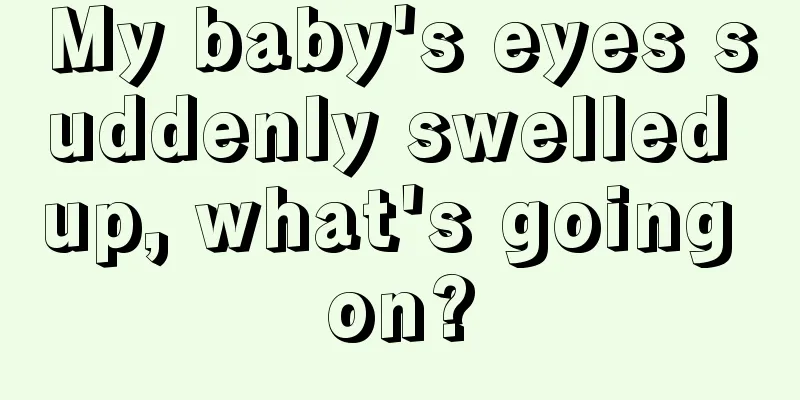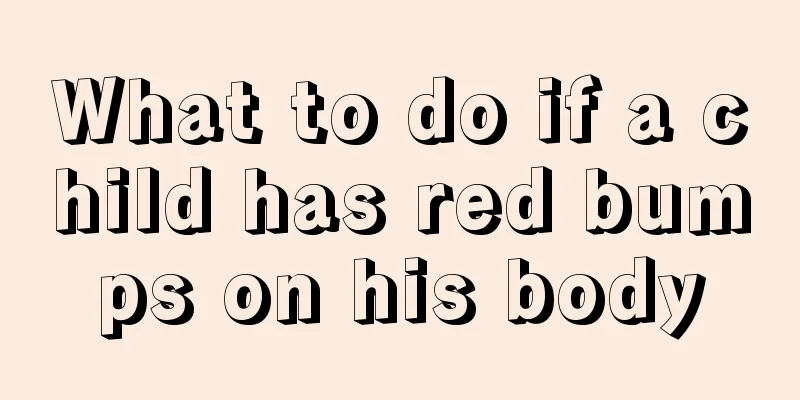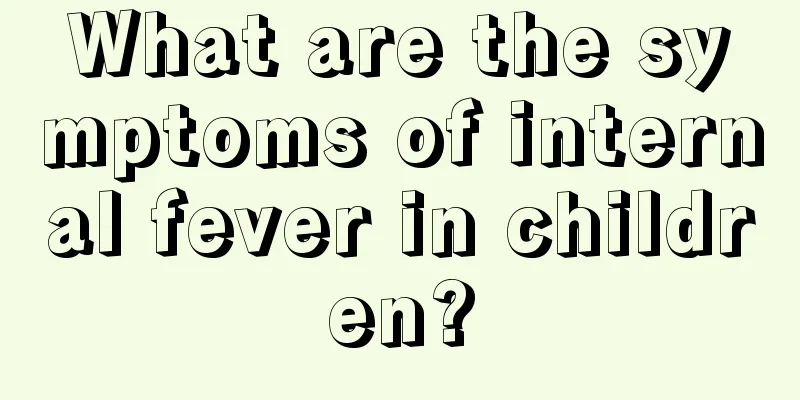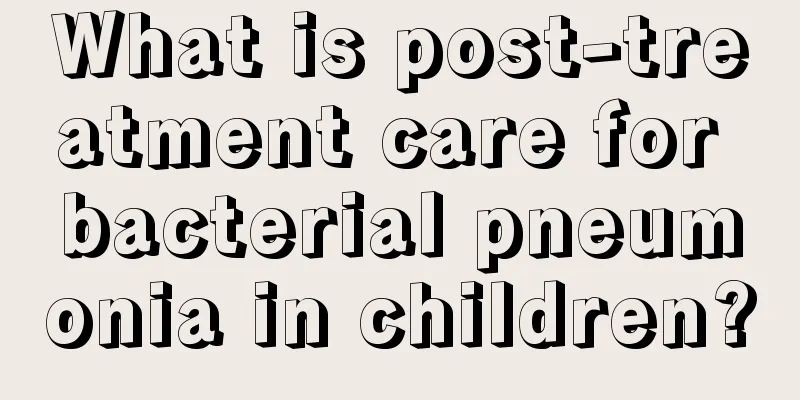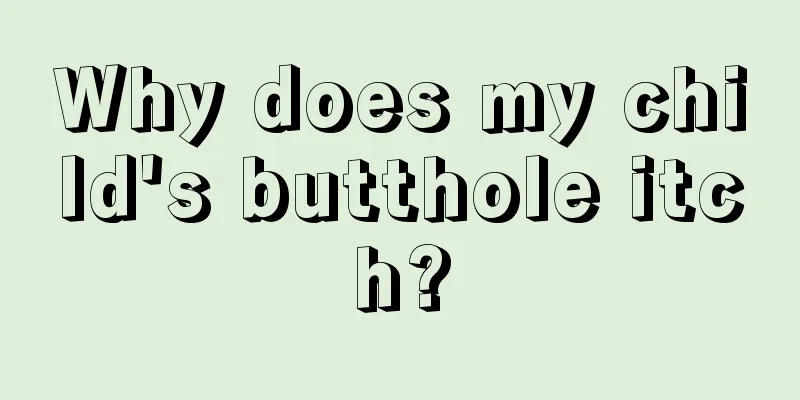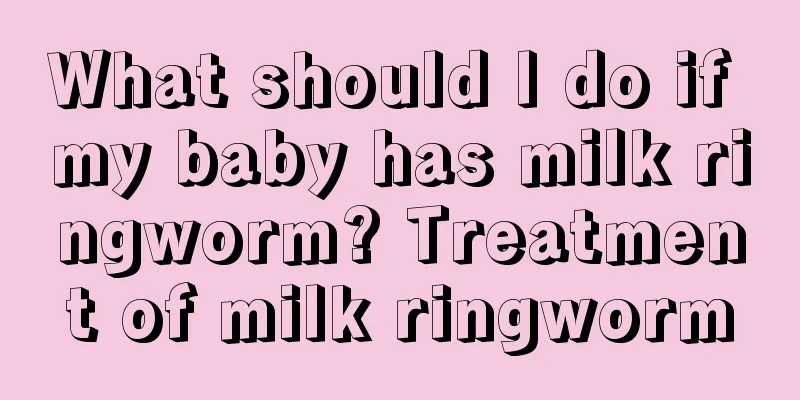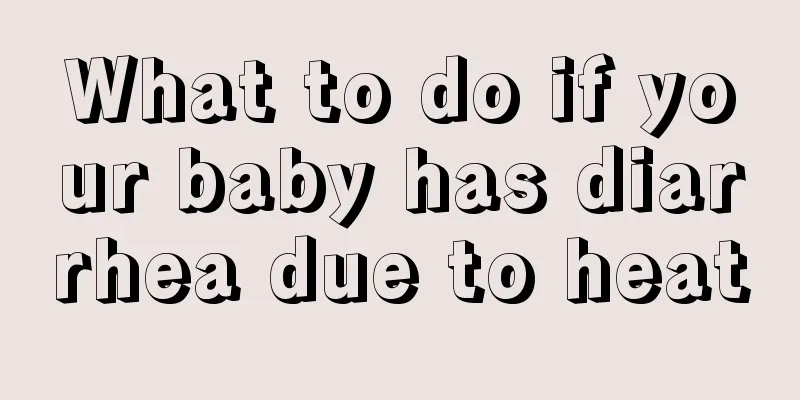What should I do if my three-year-old child has a high fever?
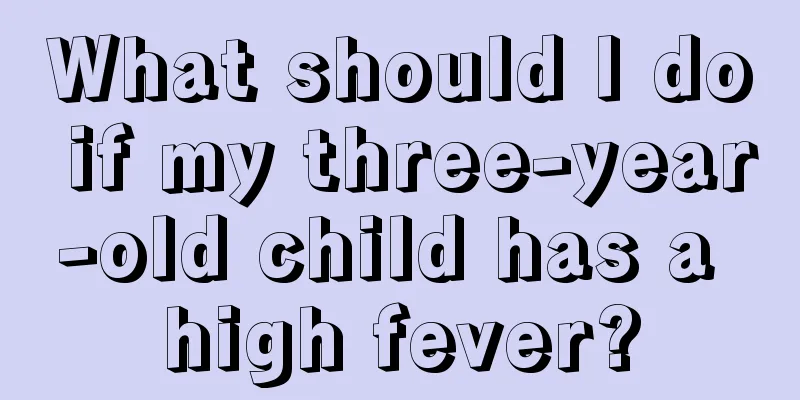
|
It is very common for children to have a fever. When a baby has a fever, the body will feel uncomfortable and may have symptoms such as coughing, runny nose, headache, and fever. Mothers must be careful when taking care of their babies. Once a child has a high fever, it is best to go to the hospital in time, and then give the baby more water to detoxify. It is necessary to pay great attention when caring for the child. So what should I do if a three-year-old child has a high fever? What to do if a three-year-old child has repeated fevers 1. When the body temperature is below 38.5℃, physical cooling is the preferred intervention. Fever is the most common symptom of infectious diseases in children. The treatment of fever can be roughly divided into "physical treatment" and "drug treatment". Generally speaking, when a child's body temperature is below 38°C, there is no need to use drug treatment, but choose the correct physical cooling method. For example, applying a fever-reducing patch, drinking plenty of water, and taking a warm bath can all help lower body temperature. 2. Infants and young children with a body temperature above 38.5°C need drug treatment. If you find that your child's body temperature has exceeded 38.5℃, parents should closely observe the child's condition so as to respond in time. For infants and young children, when their body temperature exceeds 38.5℃, they need to be given medication. 3. If the body temperature is above 39°C, medication should be taken under the guidance of a doctor. When a child's body temperature exceeds 39°C and is considered a high fever, Western medicine treatment is usually chosen. How to quickly deal with a baby's fever Fever is a physical warning sign for the baby's health. When the baby's armpit temperature is above 37.5℃ or the rectal temperature or ear temperature is above 38℃, it can be determined that the baby has a fever. According to experts from the confinement center, fever is a natural phenomenon caused by resistance to the invasion of pathogens, so if parents insist on reducing the baby's fever, it will weaken the baby's resistance. The following are timely ways to deal with a baby's fever. If the baby's temperature is below 38.5℃, and he is not feeling particularly uncomfortable and in good spirits, that is, he eats, sleeps and plays as usual, there is no need to rush to take him to the doctor or use antipyretics. You can use appropriate drinking water and physical cooling methods, and make sure your baby gets enough rest. For infants under 3 months old, opening their clothes and quilts and letting them wear less clothes may have the effect of gradually reducing their temperature. Generally speaking, babies with high fever should not be covered with thick quilts and should wear less clothes. When your baby's fever is around 38.5℃39℃, you can first take the following physical cooling methods at home. Antipyretics can be used moderately, with the principle of using one medicine at a time, to relieve the baby's discomfort and prevent the baby from having high fever convulsions. Apply a large, warm, semi-dry towel to the baby's chest and abdomen, but pay attention to the room temperature to avoid cold. In addition, you can also use a few slightly cool wet towels (about 25℃), wring them into half dry, and place them on the baby's forehead, neck, armpits and thighs for cold compress. Change them every 5 to 7 minutes, and the baby will feel very comfortable. When the baby's body temperature rises above 38.5℃, the mother should use physical cooling to help the baby dissipate heat while also using appropriate antipyretic drugs. If your baby refuses oral medication, Antipyretic suppositories are the best choice. If your baby has a fever of 39℃ or above (especially babies under 3 years old), and the fever is not caused by vaccination; there is a burning sensation when urinating; the fever recurs after more than 24 hours; and the fever lasts for more than 72 hours, it is recommended to seek medical attention immediately to ensure the baby's safety. |
<<: What causes bloody stools in three-year-old children?
>>: What should I do if my three-year-old child has a toothache?
Recommend
What happens if children have white spots on their faces?
If white spots appear on a child's face, pare...
How much milk powder does a child eat in a month
Although the best nutrition for children comes fr...
What causes cerebral palsy in children?
Cerebral palsy, whose full name is infantile cere...
How to reduce the fever of baby at night
It is a common phenomenon for babies to suddenly ...
What should I do if my child has a fever and convulsions?
For family members, the health of their children ...
How to reshape canine teeth? Three things you need to know
Since canine teeth play an important role in the ...
What are the symptoms of damp heat in children
For children, if their physical fitness is not go...
Causes of anal itching in children
Children are ignorant when they are still young a...
Why is the baby not eating?
Babies’ refusal to eat can be said to be a proble...
What is the reason for children's frequent twitching during sleep?
If some children have frequent convulsions when t...
What should I do if my child has a fever and cough?
Fever and cough are very common diseases in peopl...
What are the symptoms of excessive formaldehyde in children?
The problem of formaldehyde exceeding the standar...
How to judge at what age children start learning to speak?
The time period for children to learn to speak va...
What should I do if my child has strabismus?
Some babies are born with strabismus, while other...
What should I do if my child has diarrhea and fever at night?
Fever and diarrhea are very common on weekdays, b...
